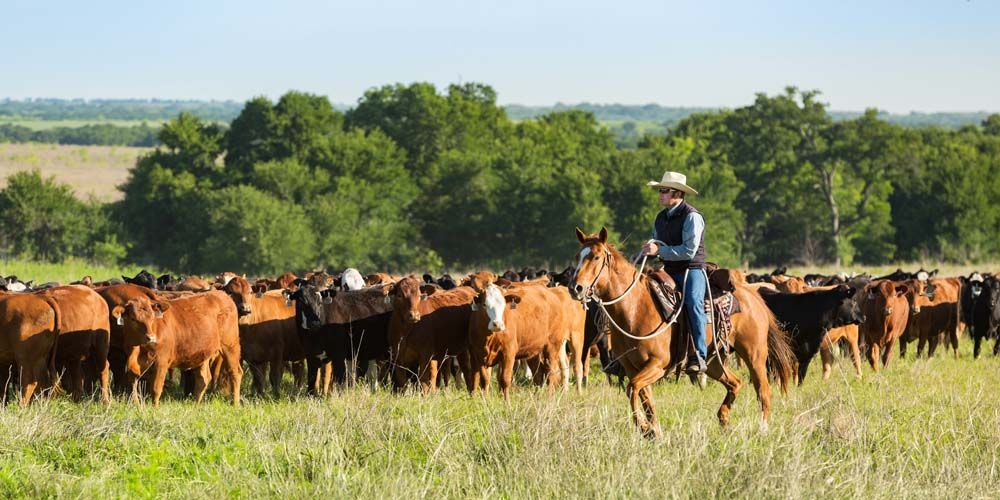Fence Installation: Do it once, do it right
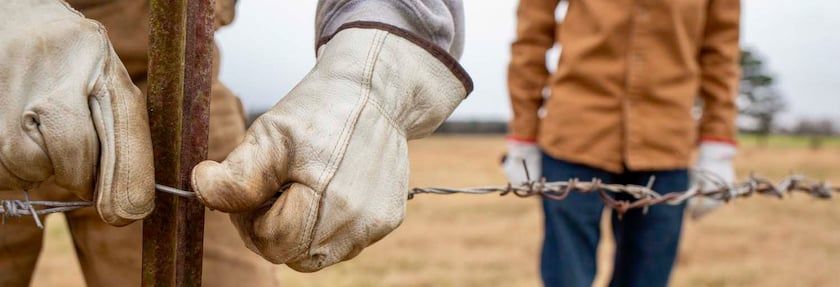

How to get the most from your fence
Whether you are looking to build a new pasture paddock or protect your prized fruit and vegetables from deer, building a new fence can be daunting. Fence expert Steven Sarson says creating a detailed plan for your fence before you start installation is the best way to do it once and do it right.
Sarson has been helping acreage and farm owners plan and build high quality fences for more than three decades, 20 years of which he’s been a “Fence Pro” at Bekaert Fencing.
In or out, determine your goal
One of your first planning steps, Sarson says, is to clarify your true goal. “Are you working to keep something in or keep something out?” he recommends asking yourself. “Knowing if you’re building an enclosure or an exclusion fence kicks off the entire planning process.”
If your goal is to keep the deer out, build a fence for height but not necessarily super strength. A fixed knot wire, like the Solidlock fixed knot style from Bekaert Fencing, is an ideal exclusion fence.
For horse enclosures, visibility and strength are key. Sarson recommends a wooden top rail (board) or coated top wire to add visibility.
For horse paddocks, it’s important to guard against entanglements. “You’ll want to consider a non-climb fence to protect horses’ small hooves,” Sarson adds. ��“Fencing with small, consistent openings of two inches by four inches works well.”
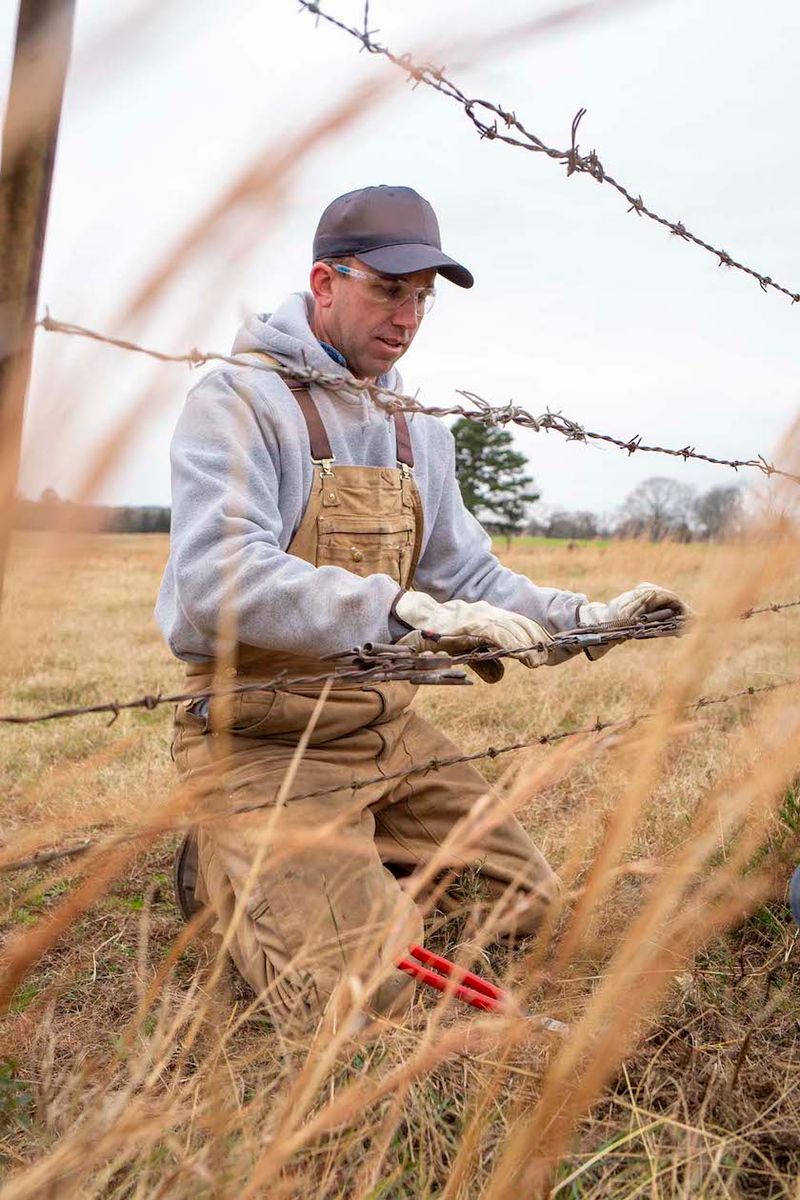
Cattle require the ultimate in containment and strength. Sarson recommends a fixed knot fence design built using treated wood posts or a combination of treated wood, pipe and T-posts. Multiple strands of barbed wire or smooth wire with electric are also excellent choices. He notes that Bekaert Fencing offers accessories for any combination.
Wire, knots to know
There are a multitude of material options for building new fence, notes Sarson. His advice is to get familiar with the basics.
Wire Type
Wire fencing products are manufactured using either high tensile wire or low carbon wire. Low carbon wire is easy to work with and fairly forgiving. However, low carbon wire is prone to elongating, sagging and has a much lower breaking strength compared to high tensile wires.
High tensile wire is made with higher carbon content increasing the wire’s strength, reducing elongation and minimizing the need for future tensioning and repair. This also means high tensile wire can be installed using fewer posts than low carbon fences.
“With breaking strengths exceeding 1,250 pounds—30% stronger than low carbon wire—high tensile is the best option for livestock,” Sarson says.
Knot Type
Knot types vary based on the fence’s use and the type of work it’s meant to do— animal containment, animal exclusion, decoration, etc. The following are three of the most common knot types for your acreage fencing project.
Barbed Wire
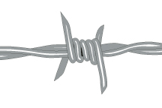
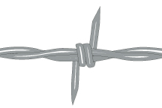
Popular for cattle fences, barbed wire consists of two wire strands twisted together and starred with 2- or 4-point barbs at intermittent distances, usually 5 inches. A 3-inch barb spacing can be used for predator control.
Fixed Knot
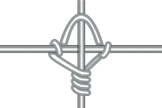
The best all-around choice for various types of livestock, fixed knots are durable and resistant to animal damage. Fixed knot construction is a top choice for professional fence installers because it adds strength and supports increased post spacing, says Sarson.
S Knot
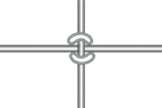
The smooth construction of the S Knot protects animals’ skin and coats. Sarson recommends this fence style as one of the best no-climb fences with solid containment for horses as well as goats, sheep and llamas.
Map out your plan
Determining how much fencing material you need is a critical step. To map out your fence and create an all-encompassing supply list, Sarson recommends Bekaert’s Fencing Calculator, a free online tool based On Google Earth. (fencing.bekaert.com/en/fencing-calculator)
“You can actually go in and you drop points around the pasture that you want to fence. The site tells you the length of your fencing project, how much wire you need, and how many posts you need based on the type of project. You can set all these specifications, and it'll actually print you out a shopping list,” explains Sarson.
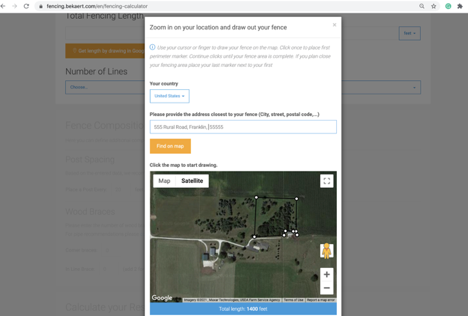
Extra tips
Know the rules—Don’t overlook local zoning and right-of-way rules. It is important to know the guidelines for how close fences can be to the road. Sarson recommends contacting county officials before constructing new fence lines along highways.
Think of the long haul—Regardless if your fence is for enclosure or exclusion, Sarson says one way to make your fence last longer is to purchase wire with a protective coating.
“Purchasing wire with a high-quality coating increases durability and longevity,” notes Sarson. “For example, the Bezinal + UV coating from Bekaert Fencing has been proven to increase the life of high tensile fences, sometimes for several decades.”
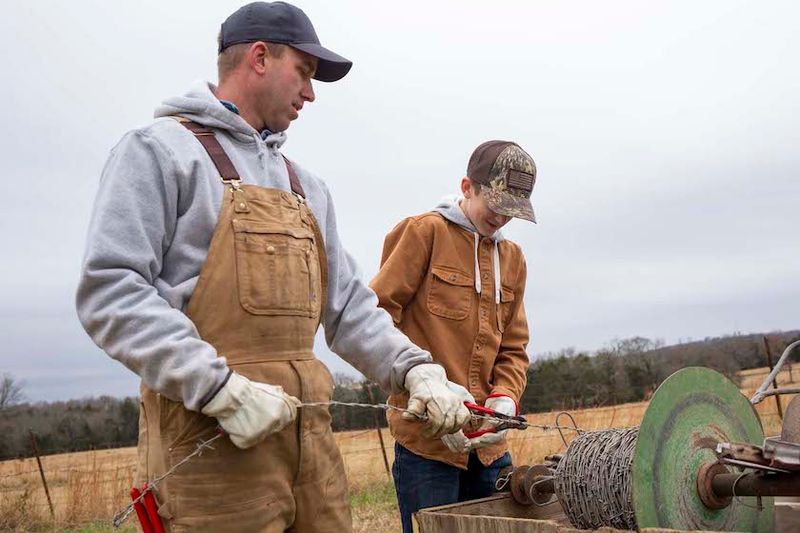
Paying for your fence—A cost-share program from NRCS or the USDA may help defray the cost of a fencing project. The Emergency Conservation Program (ECP) helps farmers and ranchers repair grounds damaged by natural disasters and to help put in place methods for water conservation. Check with your local Farm Service Agency office to determine eligibility for programs.
Need more info?
Bekaert Fence Pros like Sarson are available to answer any fencing question, at fencing.bekaert.com/ contact.
Tags:Acreage Accents

Acreage Life is part of the Catalyst Communications Network publication family.











